

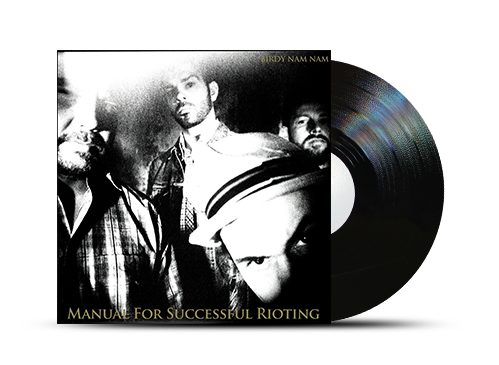
After two albums that were popular among hip-hop audiences, the four members of Birdy Nam Nam adopted an electronic dancefloor sound for their third album, Manual For Successful Rioting, which nevertheless featured the group’s favorite instrument, the turntable. This auditory bedlam was reproduced in concerts in larger and larger venues, including Paris’s Olympia music hall and Zénith auditorium
Teki Latex and Orgasmic, two former members of the cult rap group TTC, founded Sound Pellegrino, a digital label geared towards clubs. While started as a sub-label under Institubes, it survived its parent company’s closure in 2011. The label discovered Matthias Zimmerman, L-Vis 1990, and Douster, all of whom created minimalistic but danceable house music.
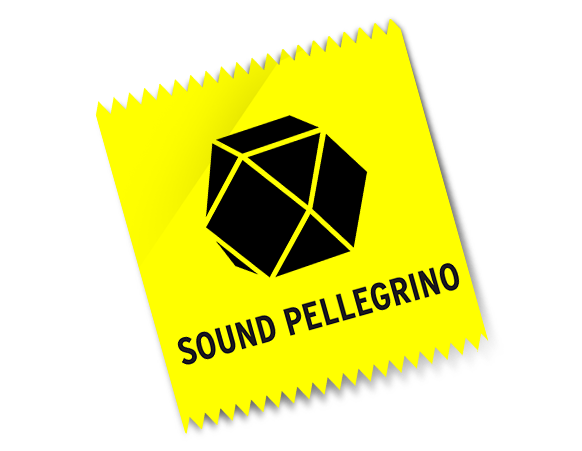
Agoria, a DJ-producer and co-founder of the Infiné label, discovered Erwan Castex, also known as Rone, after listening to his mail-in demos. Starting with his first maxi-single, “Bora,” the Parisian artist brought an uncommon personality to the electronic scene.

Rone was a self-taught musician with a degree in film studies from La Sorbonne Nouvelle University. His complex, yet melodic techno was close to electronica. Rone’s first album, Spanish Breakfast, was released in early March and immediately rocketed him to greatness. His intellectual and sometimes other-worldly compositions contrasted sharply with the rather brutal sound that characterized French electronic music at the time. Whereas many other producers simply reproduced what they recorded in the studio, Rone gave real live performances and amazed audiences with his skill. Following his first CD, which has now become a classic, Rone released two other albums, Tohu Bohu (2012) and Creatures (2015), that were just as successful and featured an A-list cast, including Étienne Daho, François Marry from François & The Atlas Mountains, Japanese trumpet player Toshinori Kondo, and Bryce Dessner, the singer and frontman from The National. In 2015, Rone’s released the world’s first virtual reality music video for “Quitter la ville.” Erwan Castex has a deep sense of curiosity and has always been on the lookout for side projects. He collaborated with Jean-Michel Jarre on the album Electronica 2: The Art Of Noise.
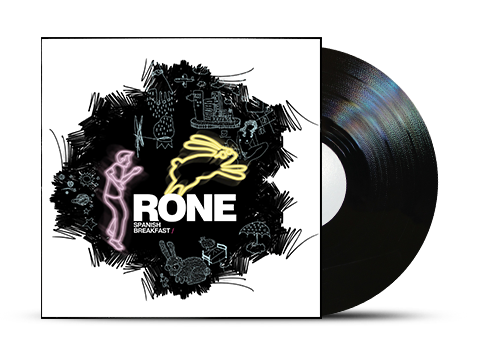
The collective of Parisian graphic artists H5 was responsible for the look of French Touch. Led by Ludovic Houplain, these artists designed the album covers for some of the most important releases of the time, including Super Discount, Air, Alex Gopher, and Demon. The book Cover Art by H5: This Is The End (published in the United States by JPR-Ringier) contained all of the collective’s music-themed art.
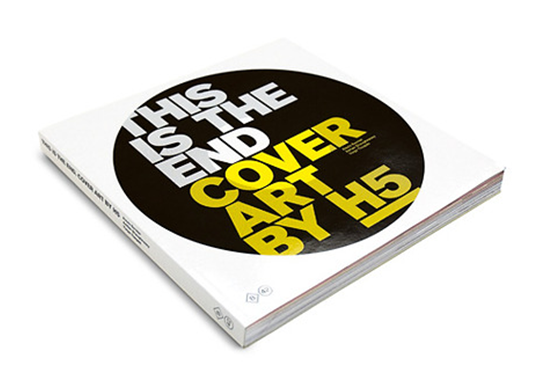
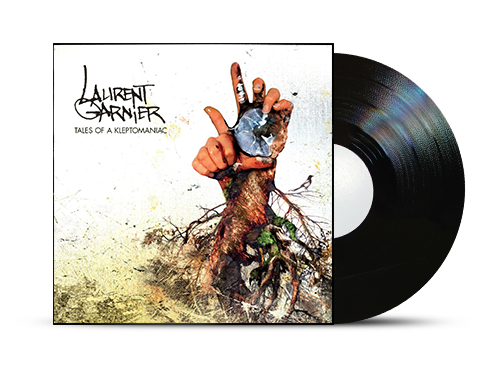
It took five albums for Laurent Garnier to be able to synthesize all of his musical influences, which included jazz, hip-hop, and techno, and find his own voice. Tales Of Kleptomaniac, released on May 11, was Garnier’s most fully developed album and included a few of his best songs, including “Gnanmankoudji,” “Pay TV,” and “Back To My Roots.”
Electronic music was heard in Paris’s prestigious Grand Palais for the first time during the inaugural edition of Nuit Electro. The event was put on by SFR Live Concerts, which scheduled live performances by Etienne de Crecy, Birdy Nam Nam, and Mondkopf for the first half of the evening followed by DJ sets by Felix Da Housecat, Surkin, Matias Aguayo, and DJ Hell. Over 8,000 people were in attendance.
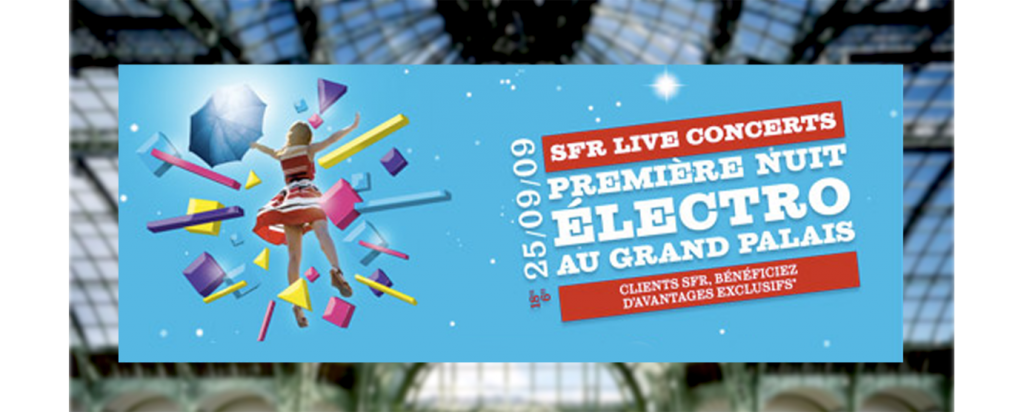

His inclusion in the prestigious compilation series Bugged Out Presents Suck My Deck, whose previous editions featured big names like Erol Alkan and Ivan Smagghe, was the first time DJ Louis Rogé, also known as Brodinski, received significant exposure outside of France. He was only twenty-two.